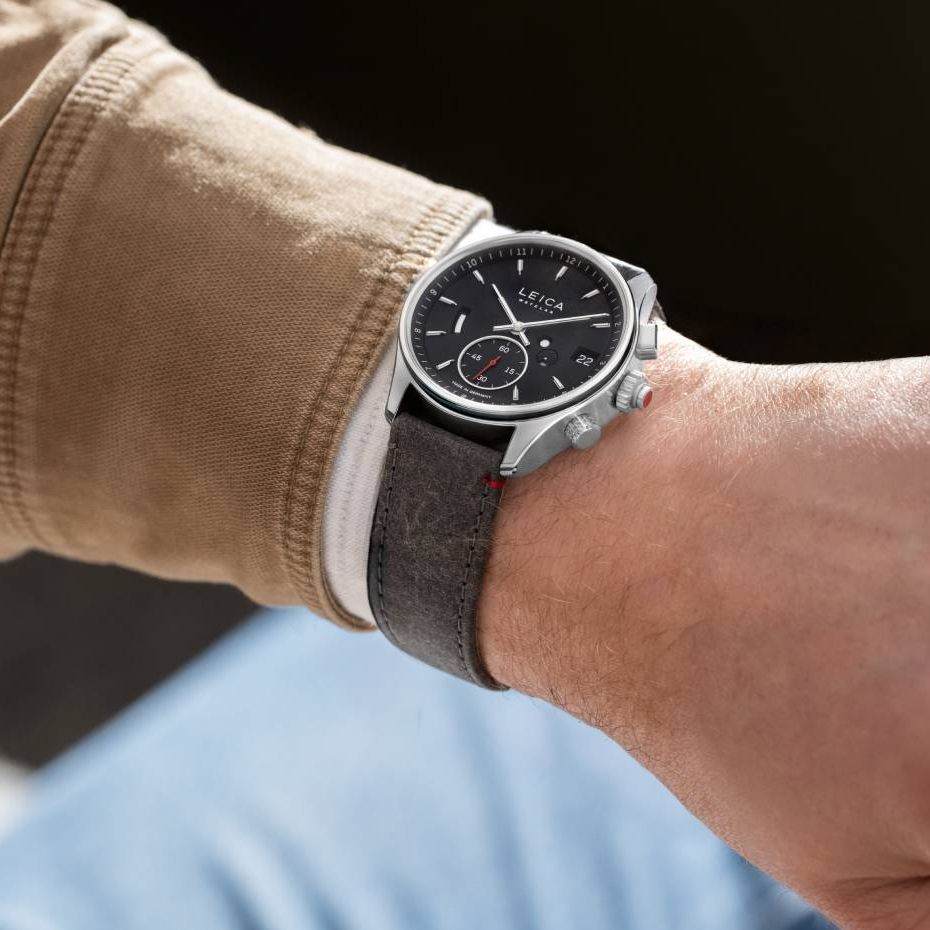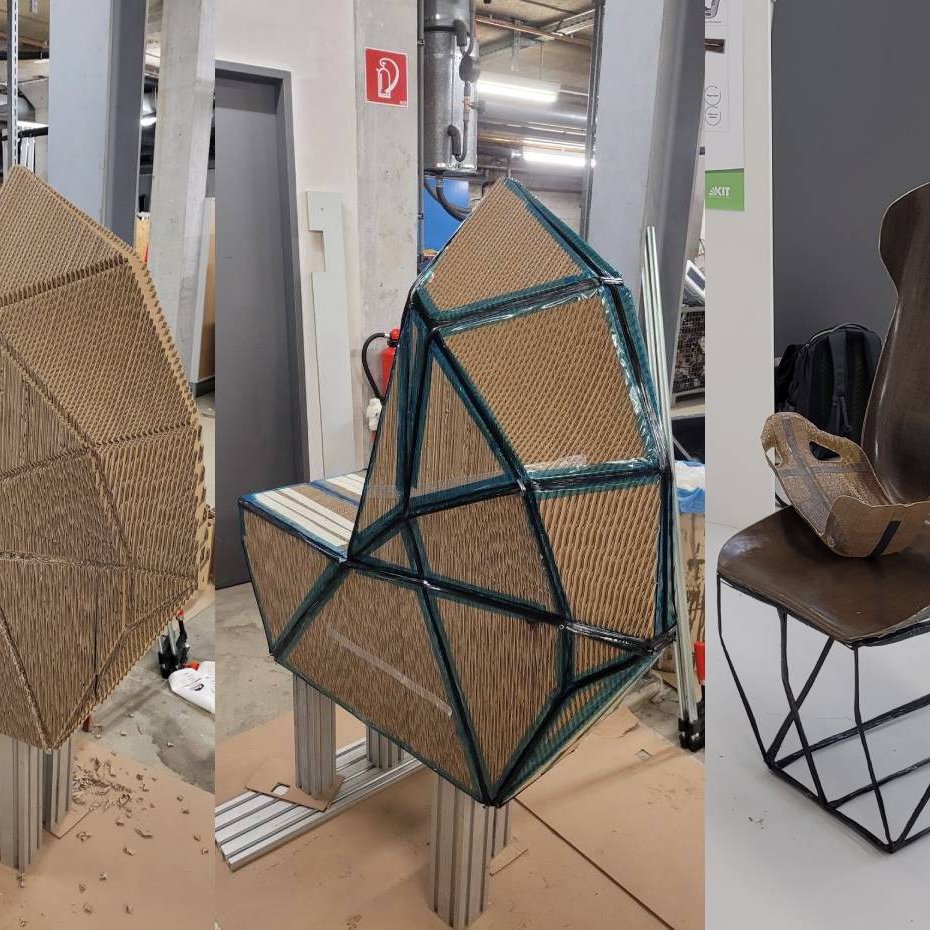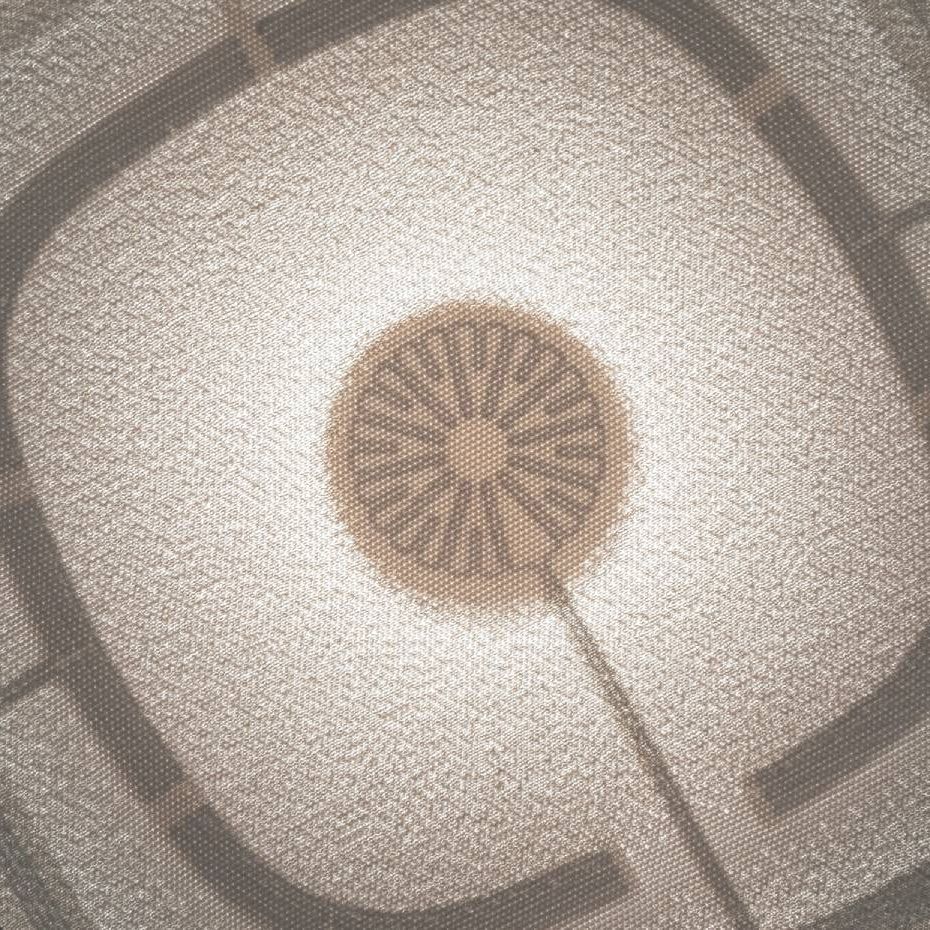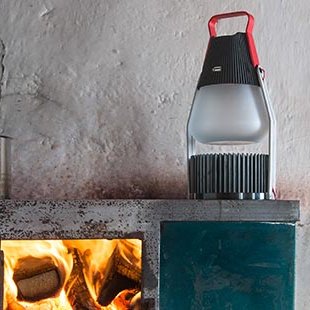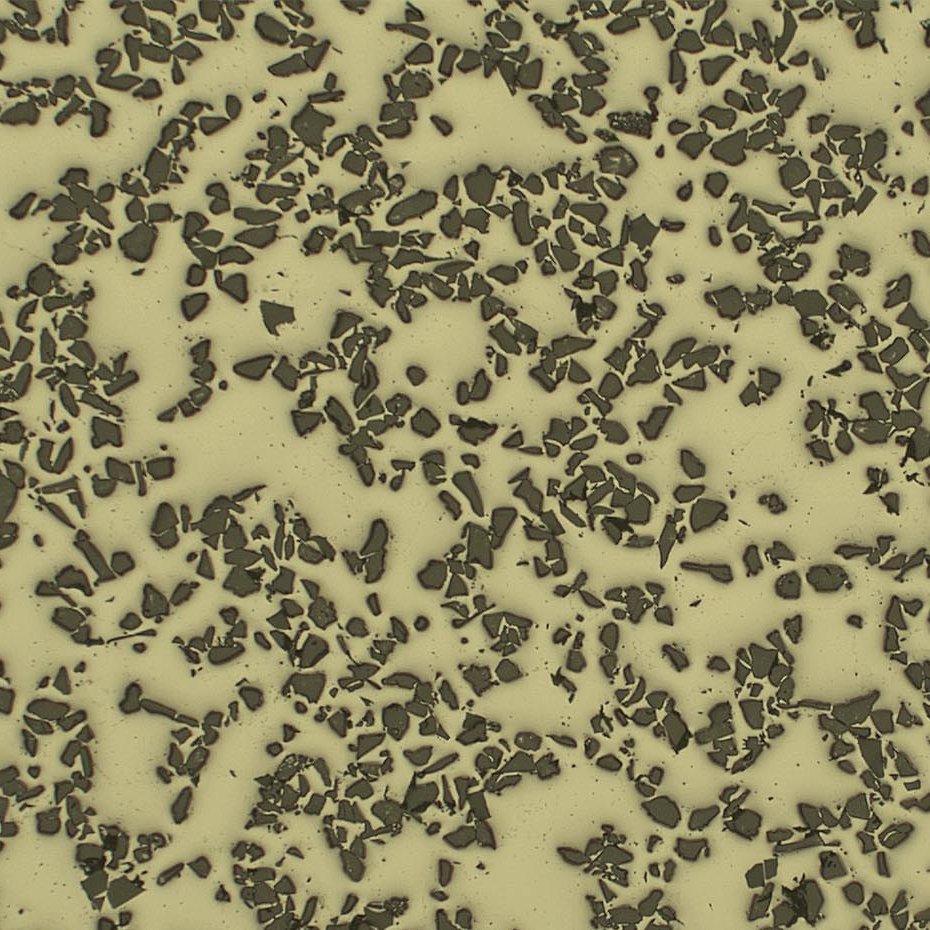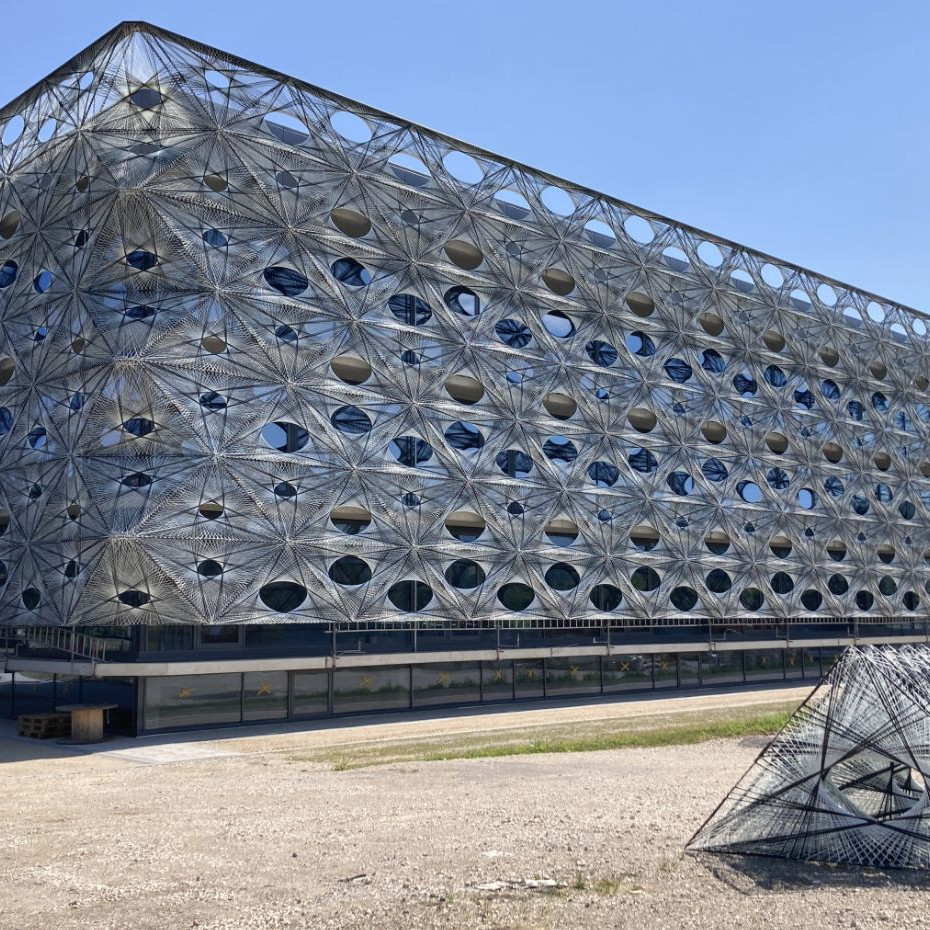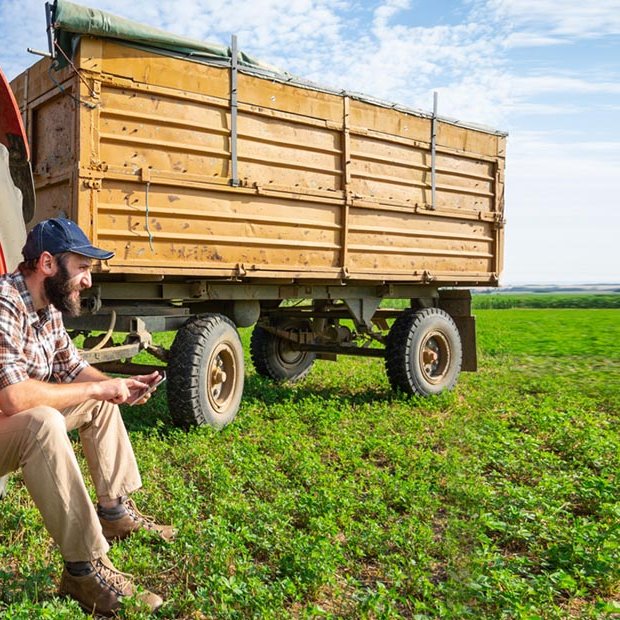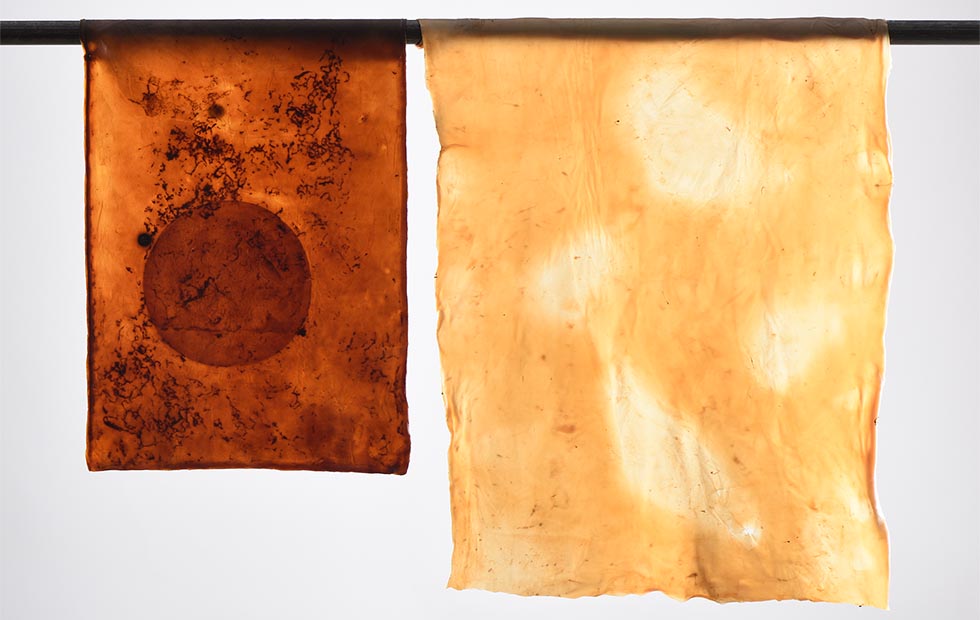
Circular Materials Congress
Programme of lectures on the options of closed material cycles in design and architecture
18 May 2017 · 10:00–16:30
Location: Interzum, KölnMesse, hall 4.2
Organizer: KölnMesse
Program development: Haute Innovation – Agentur für Material und Technologie
Presentation: Dr. Sascha Peters
In view of the increasing world population and the extent of resources oriented on the consumption of the 20th century, the circular economy will become an ideal conception for the management and handling of existing materials. The strategic approach is aimed at obtaining closed material cycles, letting materials circulate, if possible, within closed cycles and preserving the value of products as long as being economically reasonable and qualitatively possible.
Besides of the special exhibition on the same subject, the “Circular Thinking” Conference has treated the potentials of closed material cycles of innovation managers, designers and architects and presented possible solutions in this field. A number of high-ranking experts discussed within the context of four main topics the innovation potentials based on outstanding developments in the last years.
Program
10:00 – 11:30
Circular Thinking
Introduction: “Circular Thinking – From Upcycling to Biofabrication”, Dr. Sascha Peters (HAUTE INNOVATION Berlin)
KeyNote: “The Vision of a Circular Economy”, Aart Roos (Koninklijke Auping bv, The Netherlands)
“Olivenleder (Olive Leather): Circular Thinking for the Furniture Industry”, Heinz-Peter Germann (wet-green GmbH, Reutlingen/Germany)
“Circular Design: Ecodesign for a Sustainable Product Culture”, Susanne Volz (ecocircleconcept, Kirchzell/Germany)
11:45 – 13:00
Building from Waste
The construction industry is responsible for a large extent of the world-wide consumption of resources. Therefore the guidelines for a sustainable construction are nowadays the reduction, reuse, recycling and recovering of materials. They have taken the place of the throw-away mentality of the industrial modern spirit and will create both alternative and renewable material resources for the construction industry.
KeyNote: “Building from Waste”, Prof. Dirk E. Hebel (KIT Karlsruhe, Germany)
“The First C2C-Inspired Plus-Energy Building”, Ernst Gugler (Gugler GmbH, Melk/Austria)
“Earthship: Sustainable Architecture Using Waste”, Henry Farkas (Earthship Germany)
“100°C: Material from Waste Water”, Lola Güldenberg (Agentur für Trendforschung, Berlin)
13:45-15:00
Bio-Design Materials
Whether antibacterial felting made of old milk, furniture made of brown algae or leather made of fruit remains are concerned: driven by the desire for an ecological production culture, designers are again and again inspired to create extraordinary ideas and product designs by using organic residual materials and creating biologically-based manufacturing processes. By this way they make consumers aware of material resources which have so far only played an inferior roll in the industrial context.
KeyNote: “Ocean Plastics: Algae Plastics as a Future Resource for Architecture and Design”, Dr. Thiemo Brüggemann, Marcella Hansch (Pacific Garbage Screening e.V., RWTH Aachen/Germany)
“Materials and Furniture from Algae and Limestone”, Jonas Edvard Nielson (Copenhagen, Denmark)
“Fruitleather: Leather-like Material from Leftover Fruits”, Hugo de Boon, Koen Meerkerk (Fruitleather Rotterdam, The Netherlands)
“DysCrete:Solar Power from Concrete Surfaces using Organic Dye-Sensitised Solar Cells”, Thorsten Klooster (Kennwert GmbH, Berlin)
15:15-16:30
Biofabrication
Proteins, bacteria, mushrooms: a large group of scientists and entrepreneurs has been forming in the past years within the field of the post-industrial concept of biological manufacture. The idea behind this development has the potential of replacing conventional production methods by biological growth processes and thus providing for a sustainable management and use of our resources. Even the principle of endless cycles seems practicable for some products.
KeyNote: “BIO 3D Manufacturing: The new Way of Growing Furniture”, Gavin Munro (FullGrown, UK)
“Biofabrication: Design with Living Organisms”, Dr. Manuel Kretzer (HBK Braunschweig/Germany)
“BioLum: Living Light with Bioluminescent Bacteria”, Thora H. Arnardottir (BioCentric Design & IaaC Barcelona)
“Infungitum – Endless Reproduction”, Diana Drewes (Haute Innovation Berlin)
book recommendation: “Building from Waste”, de Gruyter/Birkhäuser Verlag, Berlin/Basel: www.degruyter.com
image: textile from kombucha (source: Diana Drewes)
Leica watch strap made of
26 November 2025
Leica is now offering a hemp strap for mechanical watches made from LOVR. LOVR…
Natural fiber reinforced car seat
22 October 2023
The focus of the project "Design for Recycling" is a seat shell that is made…
Liquid Metal Dispensing
28 August 2025
By embedding conductive liquid metals in stretchable textiles and soft…
Furniture for the additive mass production
10 August 2024
The Swedish interior agency "Industrial Poetry" has investigated the inherent…
IGNIS – Light from waste heat energy
12 August 2020
The availability of affordable, independent and, above all, clean electrical…
Brake disc with reduced fine dust
21 April 2021
Fine dust endangers our health. One of the main sources is traffic, especially…
Texoversum
15 July 2023
With the "Texoversum", Reutlingen University has put into operation a training…
Bolometer chips for precise power measurement in fusion reactors
11 April 2025
At Fraunhofer IMM, a so-called bolometer chip was developed for precise power…
Xarvio – Digital Farming
8 January 2021
BASF Digital Farming GmbH has received the renowned Crop Science Award for the…
